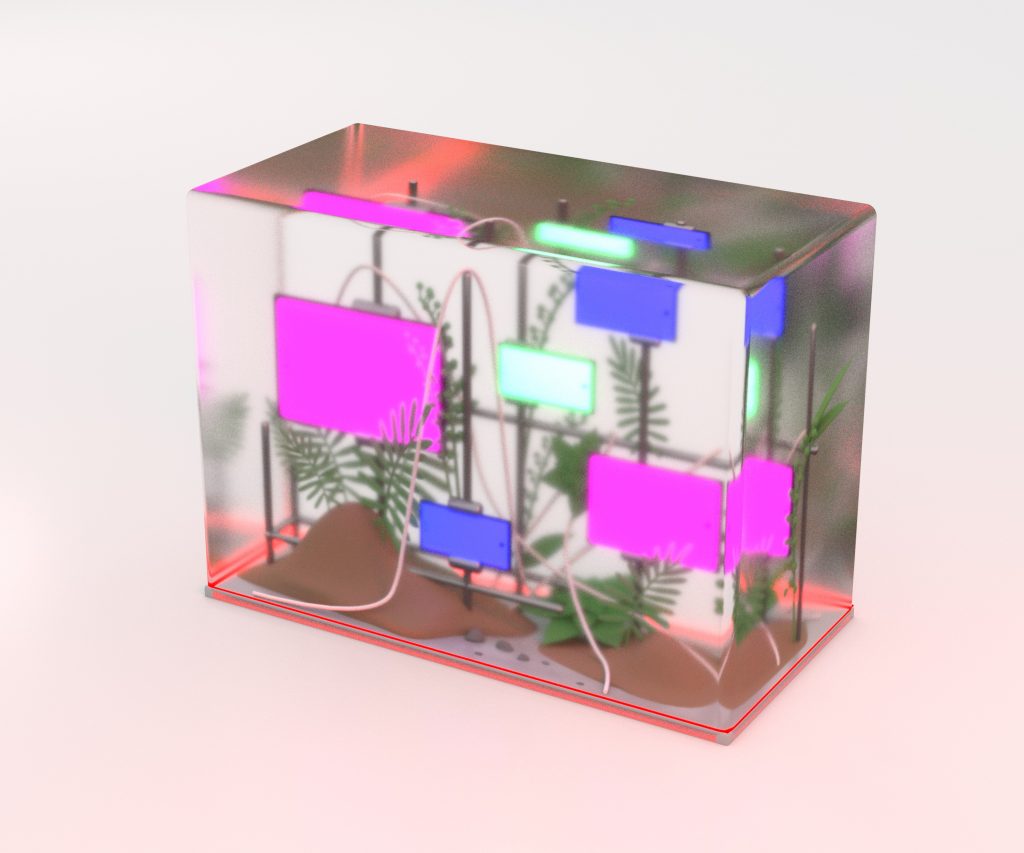Methods of translating | OCT.29-NOV.15
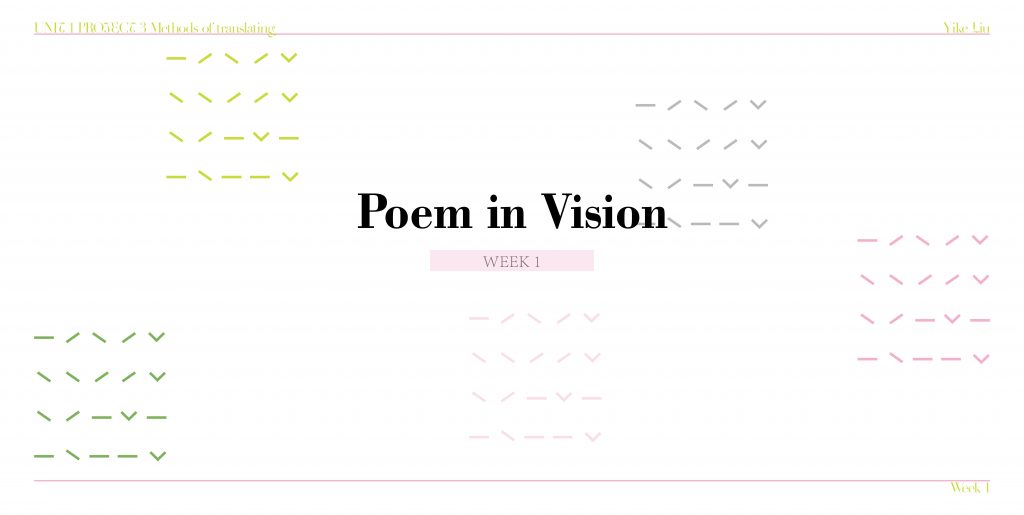
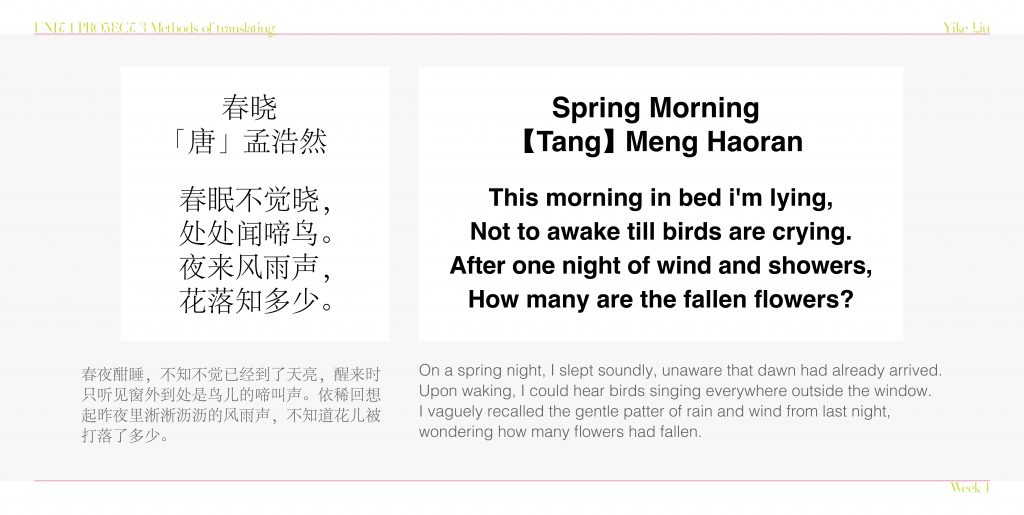
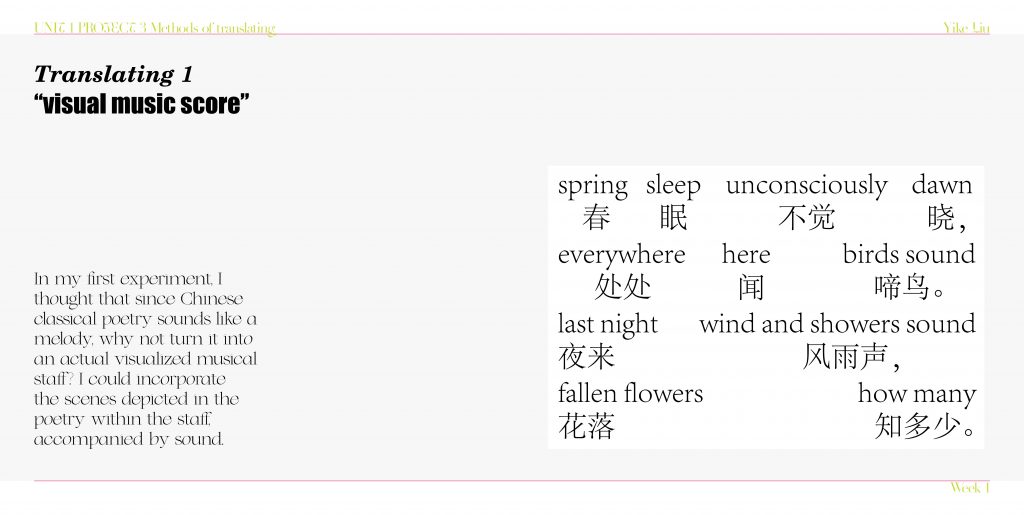
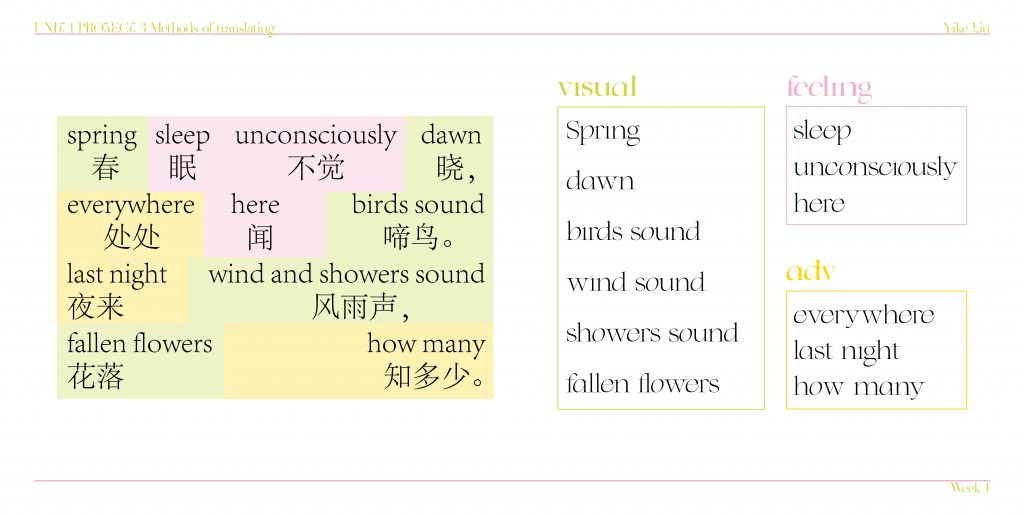
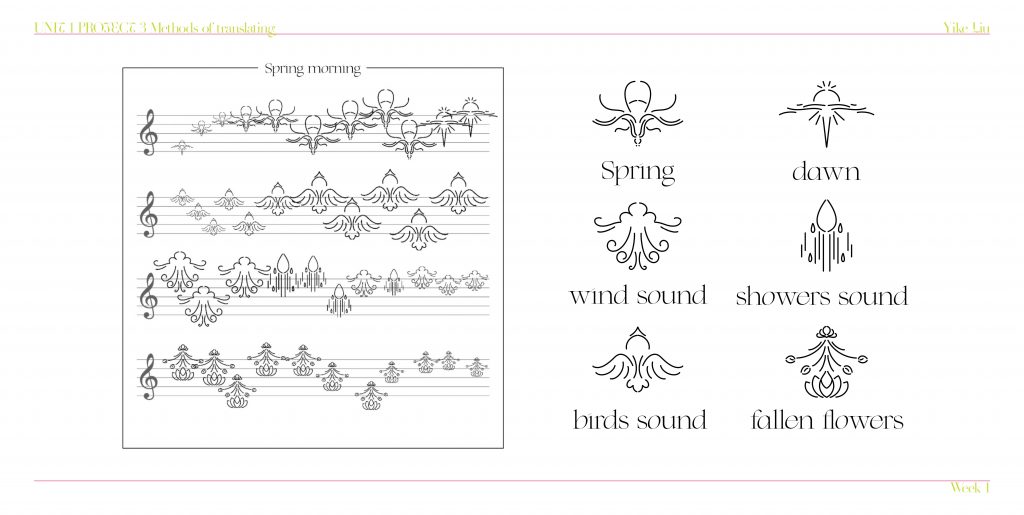
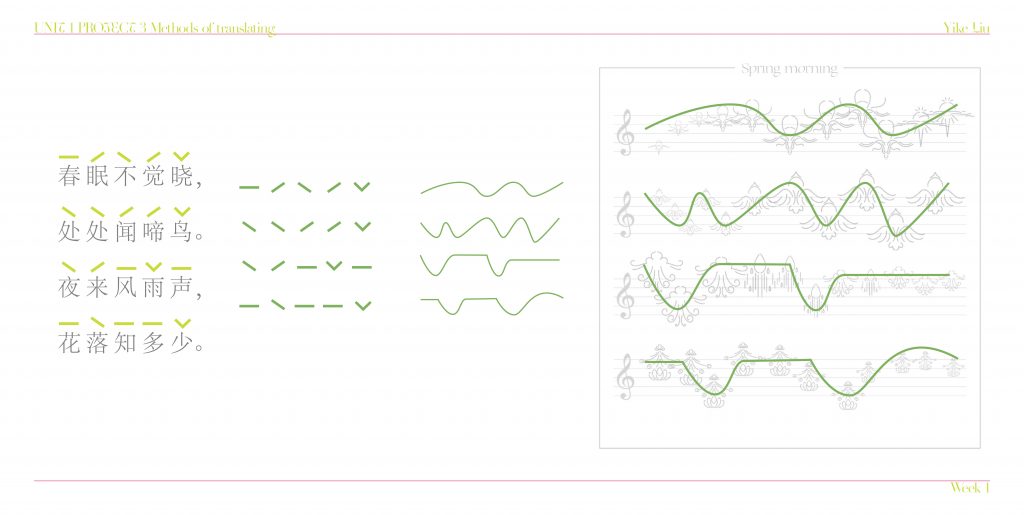
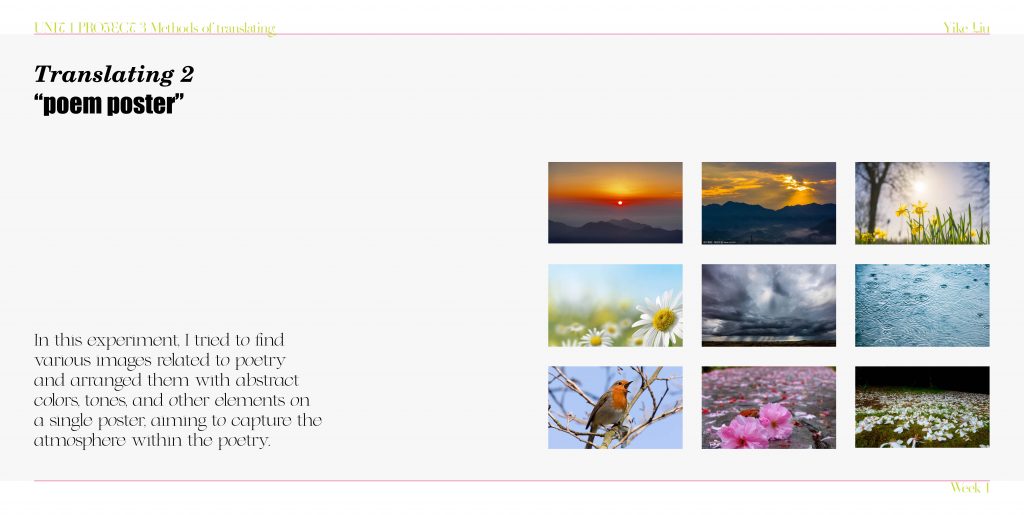
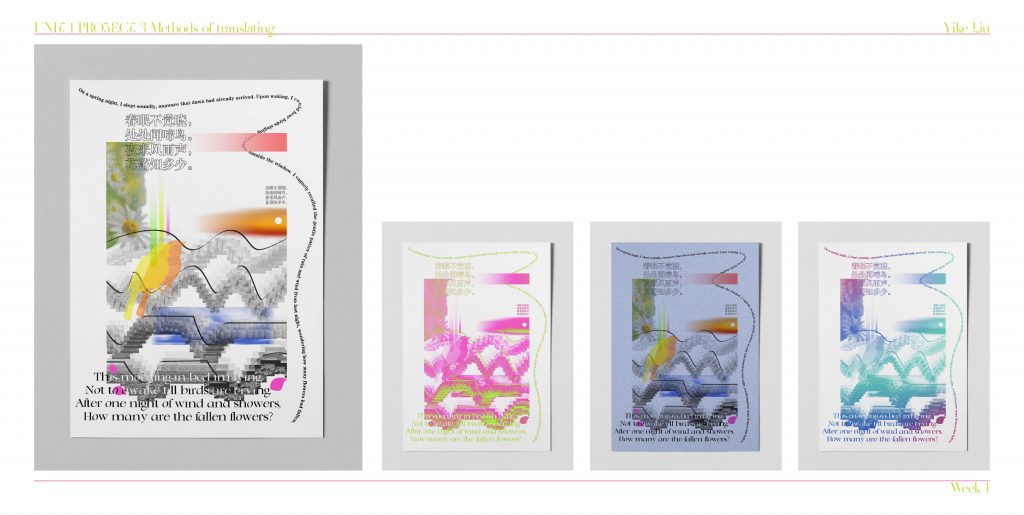
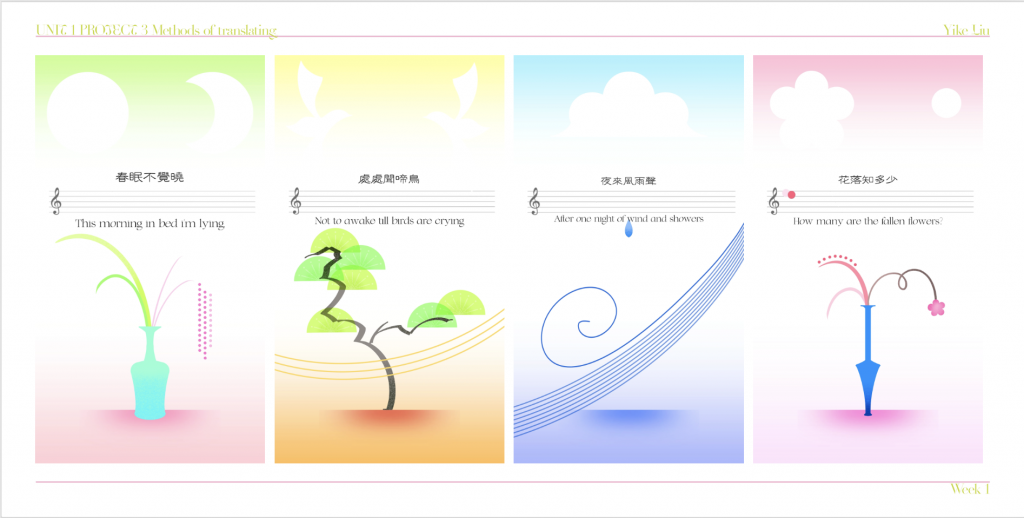
Project 2 Written Response:
Reconstructing In Defense of the Poor Image (Based on the Style of Exercises in Style by Raymond Queneau)
Name: Yike Liu
ID: 24006407
This essay reinterprets Hito Steyerl’s In Defense of the Poor Image using the fragmented and experimental style of Raymond Queneau’s Exercises in Style.
City & Memory 1
In the central square of Pixel City, known for its blurry imagery, residents gather in a circle, discussing something. At the heart of the square, a photograph once high in resolution but now blurred, is pinned to the announcement board. Nobody cares about the details of the image; no one talks about its clarity. Instead, they ask questions: How did this photo get here? Who copied it over and over again? The lost details seem to speak of the photo’s long journey, as if they are evidence of its travels to this place.
City & Memory 2
You can build a bridge for yourself by collecting links to these images. This bridge leads south to a forest lake, the Lake of Memory. New poor images frequently fall into the pool, and every splash they make becomes a reflection of people’s memories of them. To spread these memories, people share the images. They send the photos outward, only to receive back even blurrier versions, creating fresh splashes in the pool. Clarity is not the essence of memory. What matters is keeping the memory alive and ensuring it is passed on for others to recall.
City of Forgetting
Through a hidden alley behind the marketplace, you reach the City of Forgetting. It is quiet here, with few people around. Piles of poor images—old, low-resolution photos repeatedly compressed—are left discarded because they have become too blurry. At first glance, these images seem insignificant. Yet, in their own way, they preserve history and keep fragments of memory alive.
Conclusion
Hito Steyerl’s concept of the poor image is like the cities described by Calvino, telling a complex story about modern communication: distortion, circulation, and reconstruction. Although the resolution of these images declines, their meaning grows richer. These stories are not about pursuing perfection; they are about the process and method of achieving genuine communication and connection.
References
Steyerl, H. (2012) In Defense of the Poor Image.
Calvino, I. (1972) Invisible Cities.
